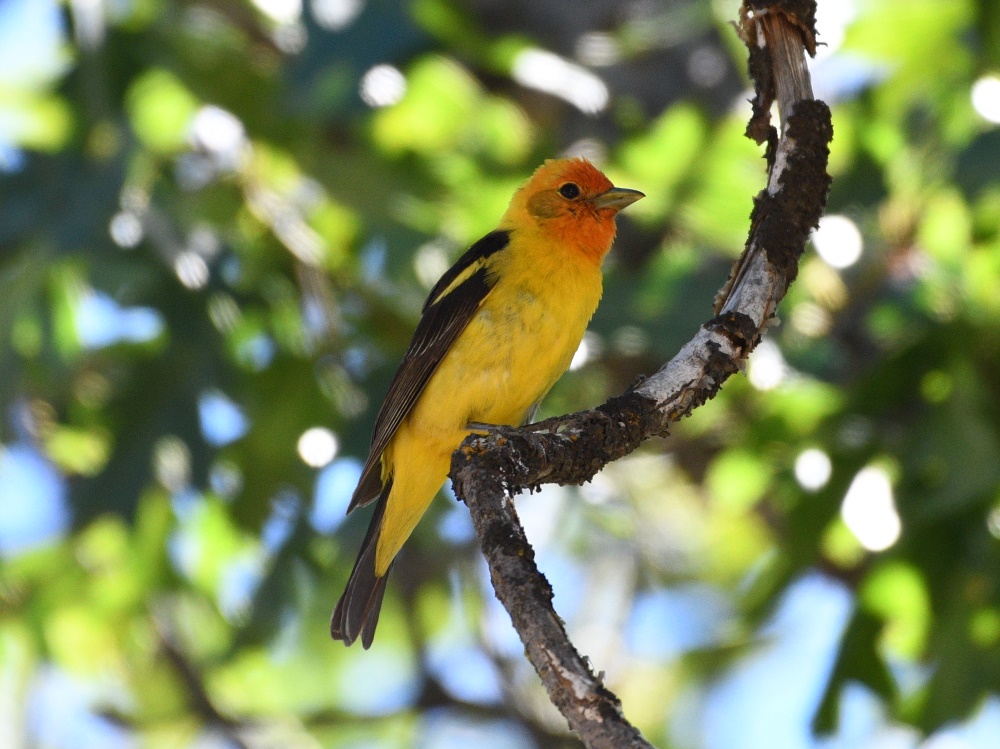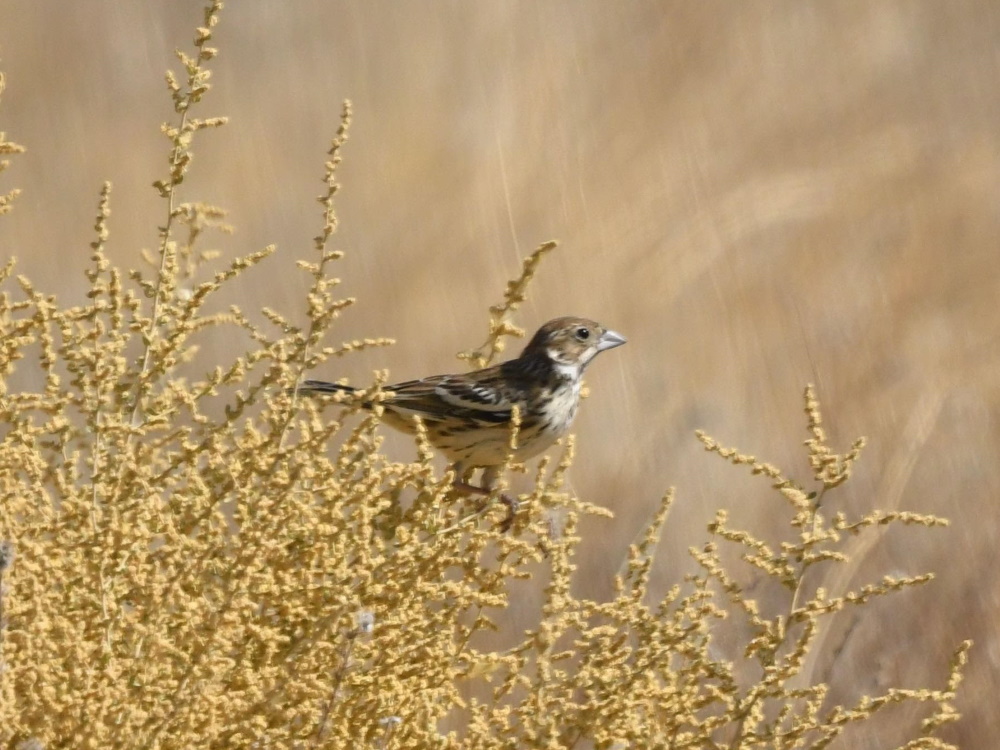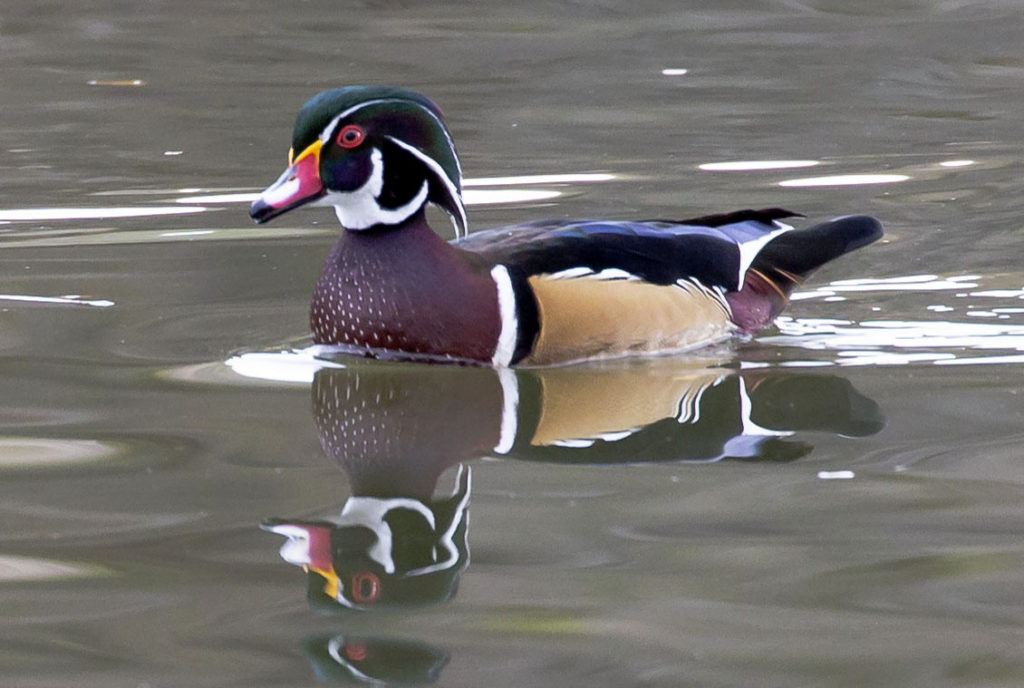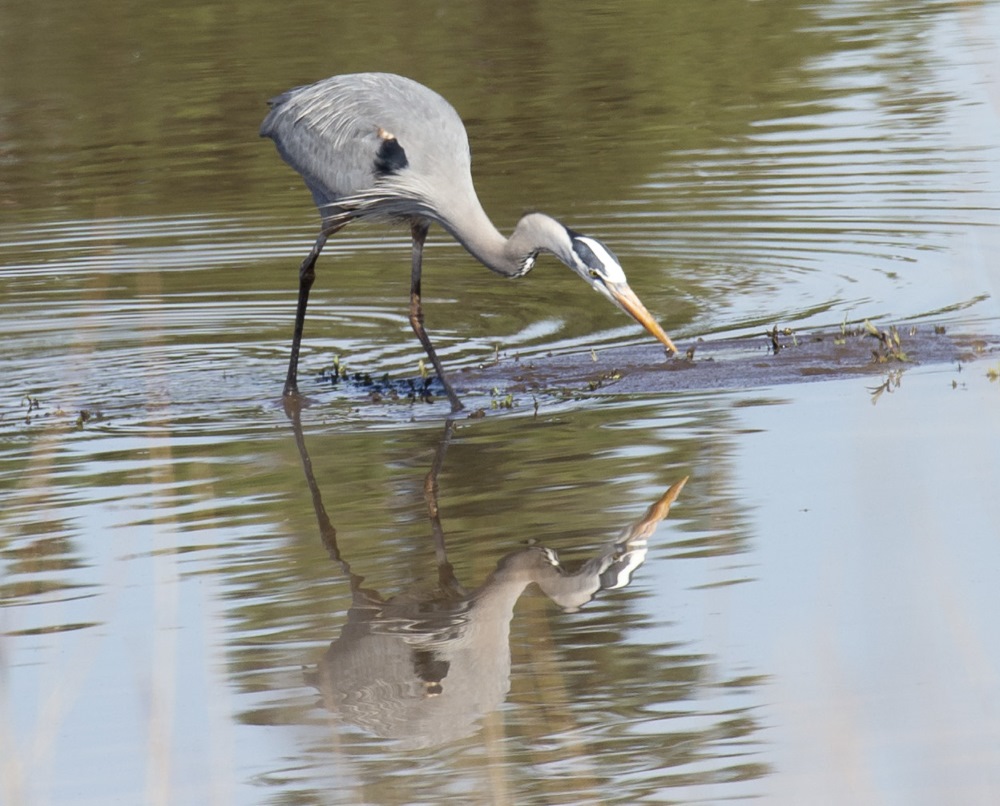Birding Resources
Explore birding through these websites and tools

Great Places to Birdwatch
- Bitter Creek National Wildlife Refuge
- Carrizo Plain National Monument
- Desert Tortoise Preserve
- Hart Park
- Kaweah Oaks Preserve
- Kern National Wildlife Refuge
- Kern River Parkway
- Kern River Preserve (old site)
- Kern River Preserve (new site)
- Lokern Preserve
- Panorama Vista Preserve
- Pixley National Wildlife Refuge
- Red Rock Canyon
- Sand Ridge Preserve
- Tule Elk State Reserve
- Wind Wolves Preserve
Guides
- All Best Binoculars — Binocular reviews and descriptions
- Birds of Kern County, California: A photo checklist
- California County Geographic Birding Guide
- Cornell Lab of Ornithology — All About Birds
- National Audubon — Guide to North American Birds
- USFWS Feather Atlas
- Mobile Apps for Nature Travel and Birding Tips
- How to Photograph Birds


Organizations/Audubon Chapters
- Audubon California
- American Bird Conservancy
- Buena Vista Group of Sierra Club
- California Native Plant Society
- Central Valley Bird Club
- Fresno Audubon Society
- Kerncrest Audubon Society
- Morro Coast Audubon Society
- National Audubon Society
- Santa Barbara Audubon Society
- Sequoia ForestKeeper®
- Stanislaus Audubon Society
- Tulare County Audubon Society
- Ventura Audubon Society
Items of Interest


FAQ — Found a Baby Bird
Click the question below to view the answer.
Not all baby birds need human assistance. Not all birds on the ground require human intervention. There are three life stages of a baby bird: hatchling, nestling, and fledgling.
Hatchling
A hatchling is featherless and helpless. Their eyes are closed and do not thermoregulate. Hatchlings are feed approximately every 15 minutes from sunrise to sunset.
Nestling
A nestling is still dependent on their parents for shelter and food. They have pin feathers (feathers just starting to grow) growing and their tail and wing feathers are still growing.
Fledgling
The older baby bird, a fledgling, is a bird that is learning how to become independent: building flight muscles, growing their wing and tail feathers for flight, and still being fed by their parents. As long as mom and/or dad is around they will be just fine. To find out if mom and/or dad is around, observe from a safe distance, preferably indoors out of sight of the parents. The parents will not want to approach their young if a human predator or domestic animal (dog or cat) is too close to their young. If the parents do not show up to attend to their young after an hour, then it should be assumed that the parents have abandoned the nest or have been predated on. If the parents are nearby and still feeding, but there are outdoor cats, the cats are the bird’s biggest threat. The best thing for the birds is to keep cats indoors. If this is not an option, then the baby bird may need human assistance.
A hatchling or nestling that is found on the ground, or a fledgling that has been abandoned (see above for steps to determine) is in need human assistance. A hatchling or nestling can be renested only if their nest is intact and their parents are nearby. If the nest was destroyed during a storm or high winds, then the probability of making a nest and placing a nest back in the tree/shrub/structure in a place for the parents to find is probably low; and therefore, would need the assistance of being brought to a wildlife rehabilitation center. A baby bird with obvious injuries or illness is also in need of human assistance. Pictures and/or videos of the situation the bird is in are always great ways to help wildlife rehabilitation centers determine if a bird should be brought in or left alone. Please call the wildlife rehab center for additional advice before transporting the bird to the center.
Please do not kidnap fledglings. The best option for a fledgling is to be raised by their parents so that they can receive a proper diet and learn how to become a bird of their species. Note that some species of birds build ground nests and will raise their young on the ground.
Unless you are a licensed wildlife rehabilitator with a permit to rehabilitate wildlife, it is against the law for anyone to care for a baby bird. Depending on the baby bird, they require specialized diets to fulfill their nutritional demands as they grow. They also require specific husbandry to keep them healthy. Without the proper education, experience, and training a baby bird with theimproper diet and husbandry could easily become malnourished and develop deformities as they grow.
Never provide food or water to a baby bird, unless directed to by a licensed wildlife rehabilitator. The technique to feed a bird is a delicate process. The inappropriate technique can kill a baby bird i.e. aspiration pneumonia. Baby birds should be fed by their parents and if a parent has abandoned them or has been killed, then a permitted wildlife rehabilitation center that has trained personnel to feed baby birds should be the ones to handle the care of the baby bird.
A bird that is ill will appear lethargic, weak, they may be unresponsive, their head is held down, they are cold to the touch, have obvious broken bones or wounds. If a bird has been handled by a cat, then the bird needs to be taken to a wildlife rehabilitation center immediately. The bacteria from a cat’s mouth can kill a bird within 24-hours.

